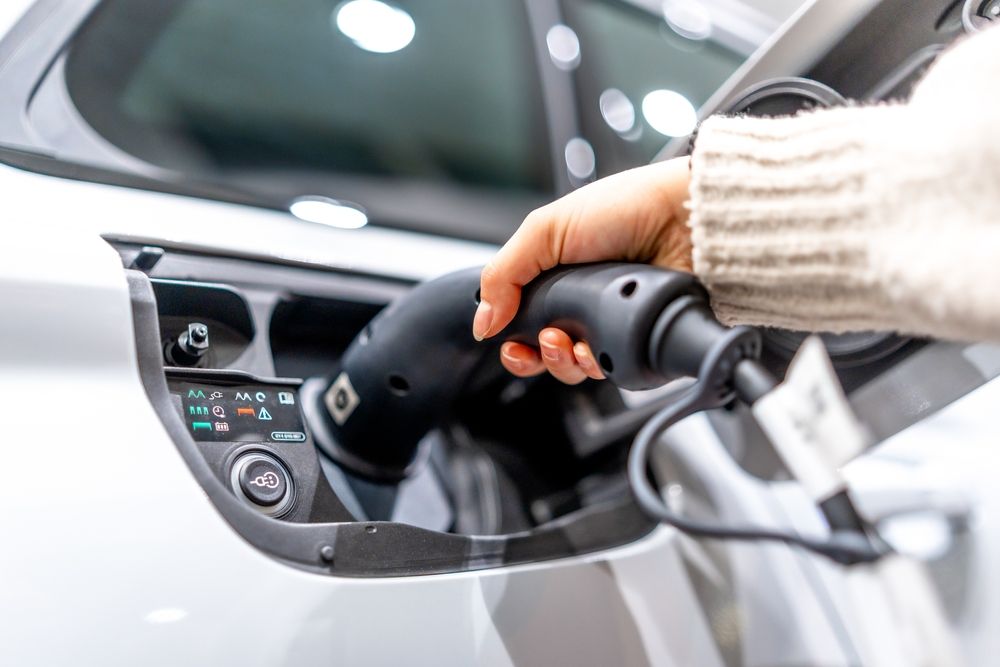Choosing a digital piano can be a rewarding yet daunting task, especially with the myriad of options available in the market. Whether you are a beginner, an intermediate player, or a professional musician, selecting the right digital piano involves considering various factors such as sound quality, features, budget, and your specific needs. This guide provides comprehensive tips on making a smart purchase to ensure you find a digital piano that suits your musical journey.
Assessing Your Skill Level and Needs
The first step in smart shopping for a digital piano is to assess your skill level and specific needs. Beginners may require a simpler model with fewer features, while advanced players might seek a piano with high-quality sound and advanced functionalities. Consider whether you need a piano for practice, performance, or recording. Understanding your requirements helps narrow down the options and ensures you invest in a piano that enhances your playing experience and supports your musical growth.
Understanding Key Action and Feel
The key action and feel of a digital piano are crucial factors affecting playability and comfort. Weighted keys mimic the resistance of an acoustic piano, providing a more authentic playing experience. Semi-weighted and synth-action keys offer different levels of resistance and are often lighter. For classical and jazz musicians, fully weighted keys with graded hammer action are ideal. Testing different key actions in person, if possible, helps determine what feels most comfortable and responsive to your touch, ensuring a satisfying playing experience.
Evaluating Sound Quality
Sound quality is paramount when choosing a digital piano. Look for models that offer high-quality samples recorded from renowned acoustic pianos. Pay attention to the number of polyphony voices; a higher number allows for more complex and sustained notes without cutting off. Built-in speakers and amplifiers also influence sound quality. Some digital pianos offer various sound settings and effects, enabling you to customize the sound to your preference. Reading reviews and listening to demos can provide insight into the piano's sound quality, helping you make an informed decision.
Exploring Features and Connectivity
Modern digital pianos come with a range of features and connectivity options that can enhance your playing experience. Features such as built-in metronomes, recording capabilities, and various instrument sounds can be beneficial for practice and creativity. Connectivity options like MIDI, USB, and Bluetooth allow you to connect the piano to computers, tablets, and other devices for recording, learning, and performance. Consider what features and connectivity options are essential for your needs to ensure you choose a piano that offers versatility and convenience.
Considering Portability and Space
Portability and space are important considerations, especially if you plan to move your piano frequently or have limited space at home. Portable digital pianos are lightweight and often come with detachable stands, making them easy to transport and store. Console-style pianos, while less portable, offer a more traditional look and often include built-in stands and pedals. Evaluate your space and how often you need to move the piano to determine the best type for your situation, ensuring it fits seamlessly into your environment.
Setting a Budget
Setting a budget is crucial when shopping for a digital piano. Prices can range from a few hundred to several thousand dollars, depending on the features and quality. Determine how much you are willing to spend and what features are most important to you. While it’s tempting to go for the cheapest option, investing in a higher-quality model can provide better sound, durability, and overall satisfaction. Consider the long-term value and how the piano will support your musical goals. Setting a clear budget helps narrow down your options and ensures you get the best value for your money.

Researching Brands and Models
Researching different brands and models is an essential step in the purchasing process. Brands like Yamaha, Roland, Kawai, and Casio are renowned for their quality and innovation in digital pianos. Each brand offers a range of models catering to various needs and budgets. Reading reviews, watching video demonstrations, and visiting music stores to test different models can provide valuable insights. Gathering information from multiple sources helps you compare features, prices, and performance, ensuring you make an informed decision that aligns with your preferences and requirements.
Trying Before Buying
If possible, try different digital pianos in person before making a purchase. Playing the piano allows you to assess the key action, sound quality, and overall feel. Pay attention to how the keys respond to your touch, the clarity of the sound, and the ease of accessing different features. Trying the piano in person helps you determine if it meets your expectations and feels comfortable to play. If in-store testing is not possible, consider buying from retailers with generous return policies, allowing you to try the piano at home and return it if it doesn’t meet your needs.
Considering Accessories and Additional Costs
When budgeting for a digital piano, consider the cost of accessories and additional items you might need. This includes a stand, bench, sustain pedal, headphones, and possibly a protective cover. Some pianos come with these accessories, while others require separate purchases. Investing in high-quality accessories enhances your playing experience and ensures you have everything you need to start playing right away. Factor these costs into your budget to avoid surprises and ensure a complete setup.
Checking Warranty and Support
A good warranty and reliable customer support are important factors to consider when purchasing a digital piano. A comprehensive warranty protects against manufacturing defects and provides peace of mind. Check the warranty terms and what is covered, such as parts and labor. Additionally, consider the availability of customer support and service centers in your area. Choosing a piano from a reputable brand with strong after-sales support ensures you receive timely assistance and maintenance, enhancing your overall ownership experience.
Future-Proofing Your Purchase
When choosing a digital piano, consider your future needs and how the instrument might support your growth as a musician. Investing in a model with advanced features and higher quality than you currently need can save you from upgrading soon. Look for pianos with firmware updates, expandable options, and features that can support your evolving skills and interests. Future-proofing your purchase ensures that the piano remains a valuable and relevant tool in your musical journey for years to come.
Selecting the right digital piano involves careful consideration of various factors, from key action and sound quality to features, portability, and budget. By understanding your specific needs and researching different models and brands, you can make an informed decision that enhances your playing experience. Whether you are a beginner looking for a simple and affordable option or an advanced player seeking a high-quality instrument, this guide provides the essential information to help you find the perfect digital piano. Invest in a digital piano that inspires and supports your musical aspirations, ensuring a rewarding and enjoyable journey with your instrument.




